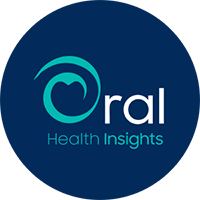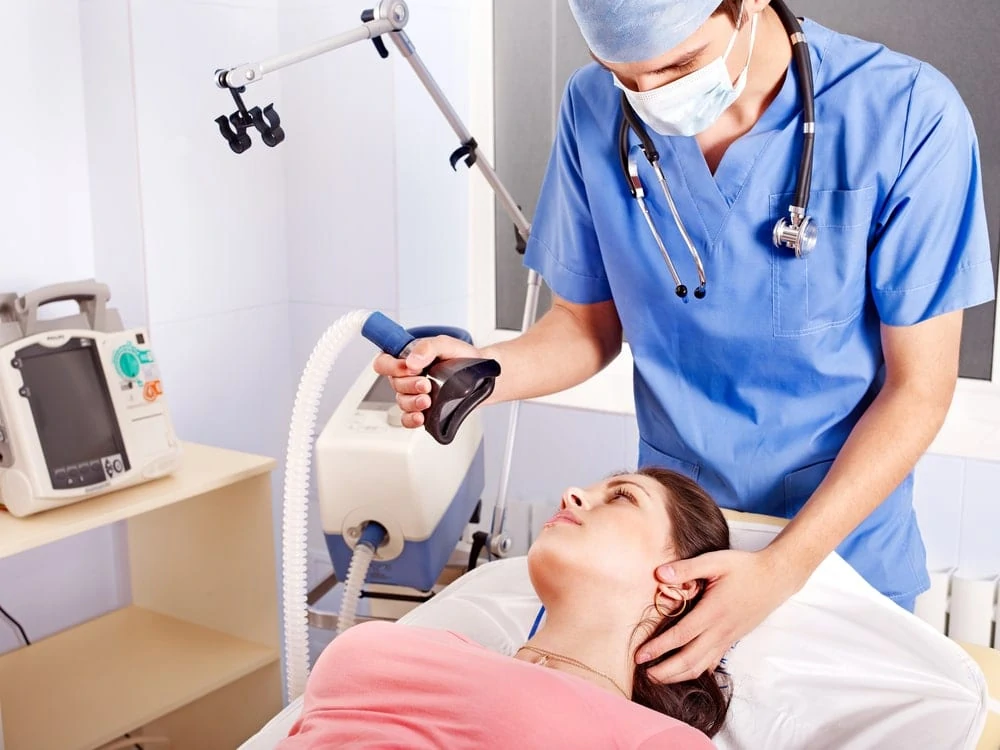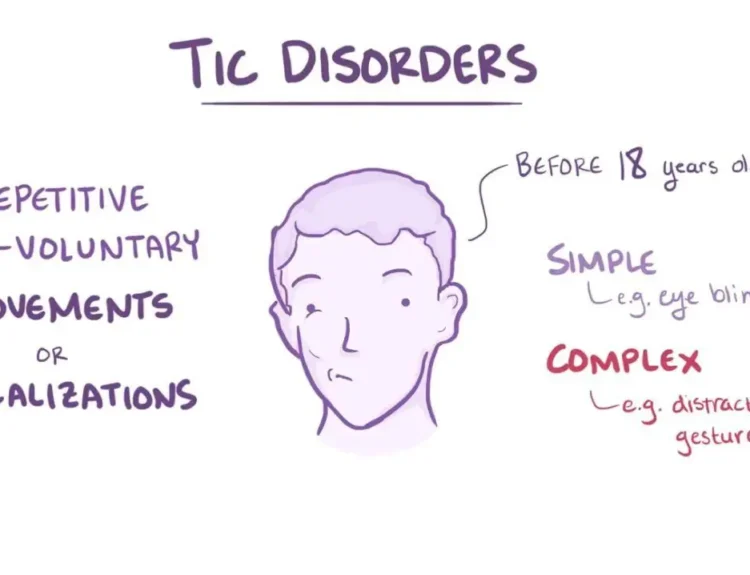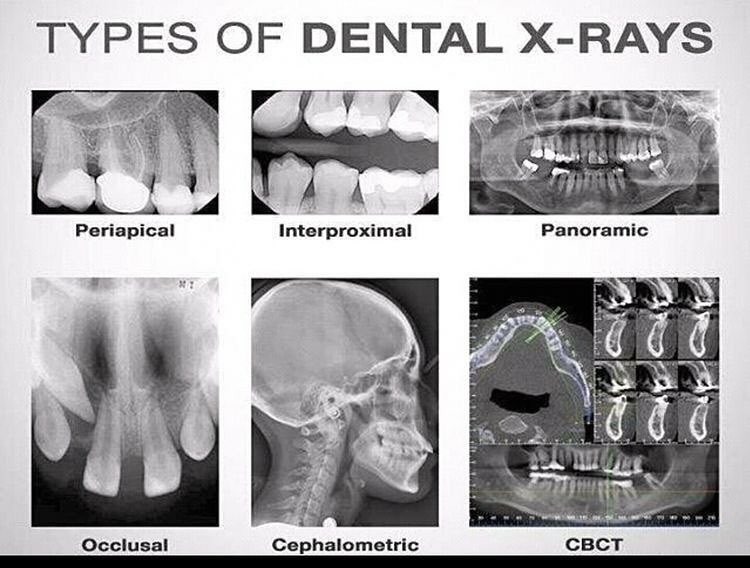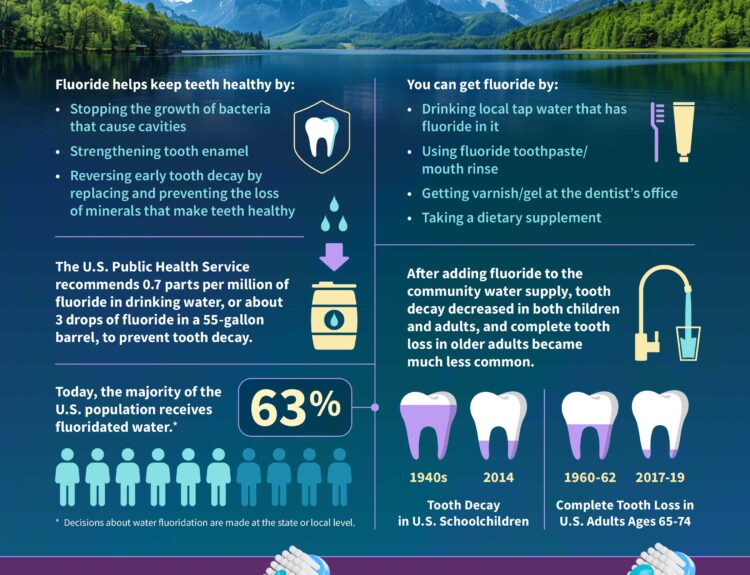Modern anesthesia has undergone a revolution, prioritizing patient safety with rigorous protocols and advanced monitoring. While no medical procedure is entirely without risk, the development of sophisticated anesthetic agents, precise delivery systems, and continuous physiological monitoring has dramatically reduced the incidence of adverse events. The likelihood of serious complications from modern anesthesia is now extremely low, with mortality rates estimated at 1 in 200,000 – 300,000 cases, compared to much higher rates in the past.
Improved Anesthetic Agent
Modern anesthetic agents have better safety profiles compared to older agents like ether or chloroform. They are more predictable, have fewer side effects, and are less toxic to organs. In addition, many modern anesthetics are short-acting, allowing for rapid induction and recovery, which reduces the risk of complications.
Advanced Monitoring Technology
- Pulse Oximetry: Continuously measures oxygen levels in the blood, allowing early detection of low oxygen.
- Capnography: Monitors carbon dioxide levels in exhaled breath, ensuring proper ventilation and early detection of respiratory issues.
- Electrocardiography (ECG): Tracks heart rate and rhythm to detect cardiac abnormalities.
- Blood Pressure Monitoring: Continuous non-invasive or invasive blood pressure monitoring helps maintain stable hemodynamics.
- Bispectral Index Monitoring: Measures the depth of anesthesia, reducing the risk of over- or under-sedation.
In-depth Knowledge
Anesthetists now have a deeper understanding of how different agents interact with the body, allowing them to customize anesthesia plans based on a patient’s age, weight, medical history, and type of surgery. They also possess improved knowledge of how drugs are absorbed, distributed, metabolized, and excreted which helps optimize dosing and minimize side effects.
Enhanced Training and Expertise
Anesthetists undergo rigorous training and certification that ensures their skill to managing anesthesia and responding to emergencies. Anesthesia is often administered by a team, including anesthetist, nurse anesthetists, and technicians, which improves patient safety.
Standardized Protocols and Guidelines
Preoperative Assessment: Comprehensive evaluation of patients before surgery identifies risk factors and allows for better planning.
Safety Checklists: Protocols like the WHO Surgical Safety Checklist reduce errors and ensures safety of the patient.
Emergency Preparedness: Anesthesia teams are trained to handle emergencies such as allergic reactions, airway obstructions or cardiac arrest.
Improved Airway Management
Tools like video laryngoscopes and supraglottic airway devices make intubation safer and more efficient. Also standardized approaches to managing difficult airways reduce the risk of complications.
Reduced Side Effects and Complications
Modern antiemetics and anesthetic techniques have significantly reduced postoperative nausea and vomiting (PONV). Better monitoring and drug selection have minimized the risk of intraoperative awareness (patient waking up during surgery).
Focus on Patient Safety Culture
Hospitals and clinics encourage reporting and analysis of anesthesia-related errors to prevent future incidents. Regular training, simulation exercises, and updates to protocols ensure that anesthesia practices remain at the forefront of safety.
Regional Anesthesia
Moreover, techniques like epidurals, spinal blocks, and nerve blocks reduce the need for general anesthesia in many cases, lowering risks.
Technological Innovations
- Closed-Loop Anesthesia Delivery Systems: Automated systems adjust anesthesia levels in real-time based on patient feedback, improving precision.
- Ultrasound Guidance: Used for nerve blocks and vascular access, reducing complications.
